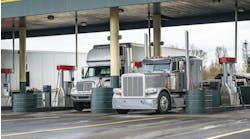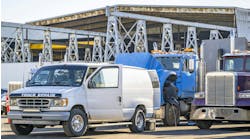According to Calstart, we are on the cusp of seeing major growth in zero-emission trucks. They have been keeping track of the number of models of existing and planned zero-emissions vehicles and believe that all categories — trucks, buses and off-road equipment — will rise 78% this year and that by the end of year there will be 169 medium- and heavy-duty zero-emissions vehicles in production.
I don't know if they are right about the specific number of models, but I imagine that directionally they are correct.
For the past several decades the trucking industry has made leaps and bounds improvements in the amount of emissions emitted from medium- and heavy-duty diesel-powered trucks. More recently we have seen existing vehicle manufacturers and companies from outside the industry focus some of their research and development money on alternative fueled vehicles. Whether that is compressed natural gas (CNG), electric, fuel cell hybrid electric, hybrid diesel electric, etc., it is likely that in the not too distant future fleets are going to have more powertrain choices than they have today.
I am aware that for quite some time we will have a mix of vehicles on the road. It’s not as if one day all the trucks will be battery electric or hydrogen fuel cell powered. However, that does not mean we can pretend the change is not going to happen.
At the very least, all of us need to start researching the various available options so when the time comes, we can make informed choices about which types make sense for our operations. It may be that diesel power will be the right choice for your fleet and if that is the case, rest assured that diesel engine makers and truck manufacturers are working on making those engines as efficient and green as possible. But it could be that in some segments of your business a CNG or electric truck might provide the best value.
While no one is saying you need to rush out and start buying electric vehicles or hydrogen fuel cell vehicles today, it is time to start getting acquainted with their operating characteristics, benefits, challenges and the applications in which they make sense. That way, when it comes time to make a decision to add one or more to your fleet, you will be prepared.



